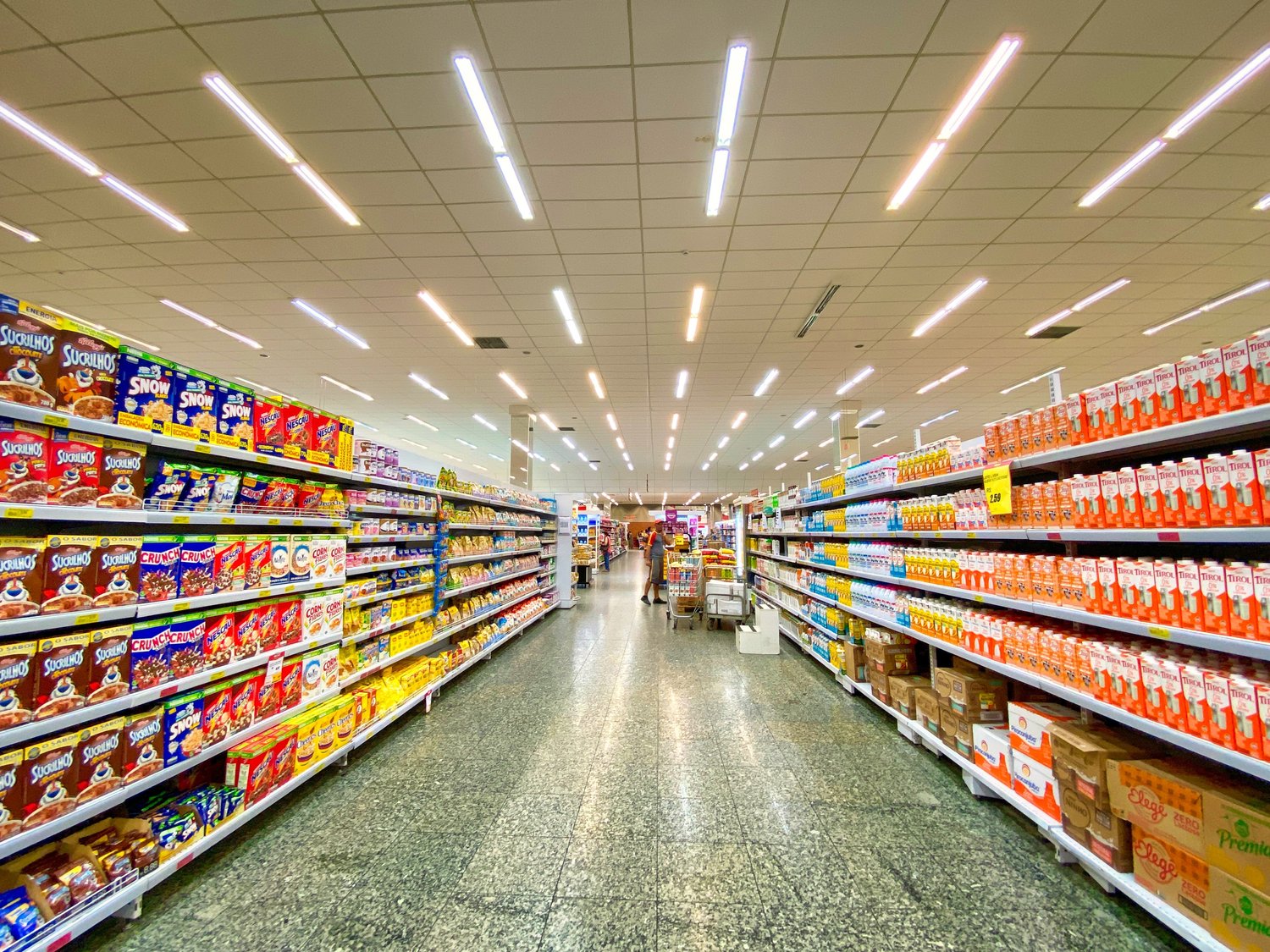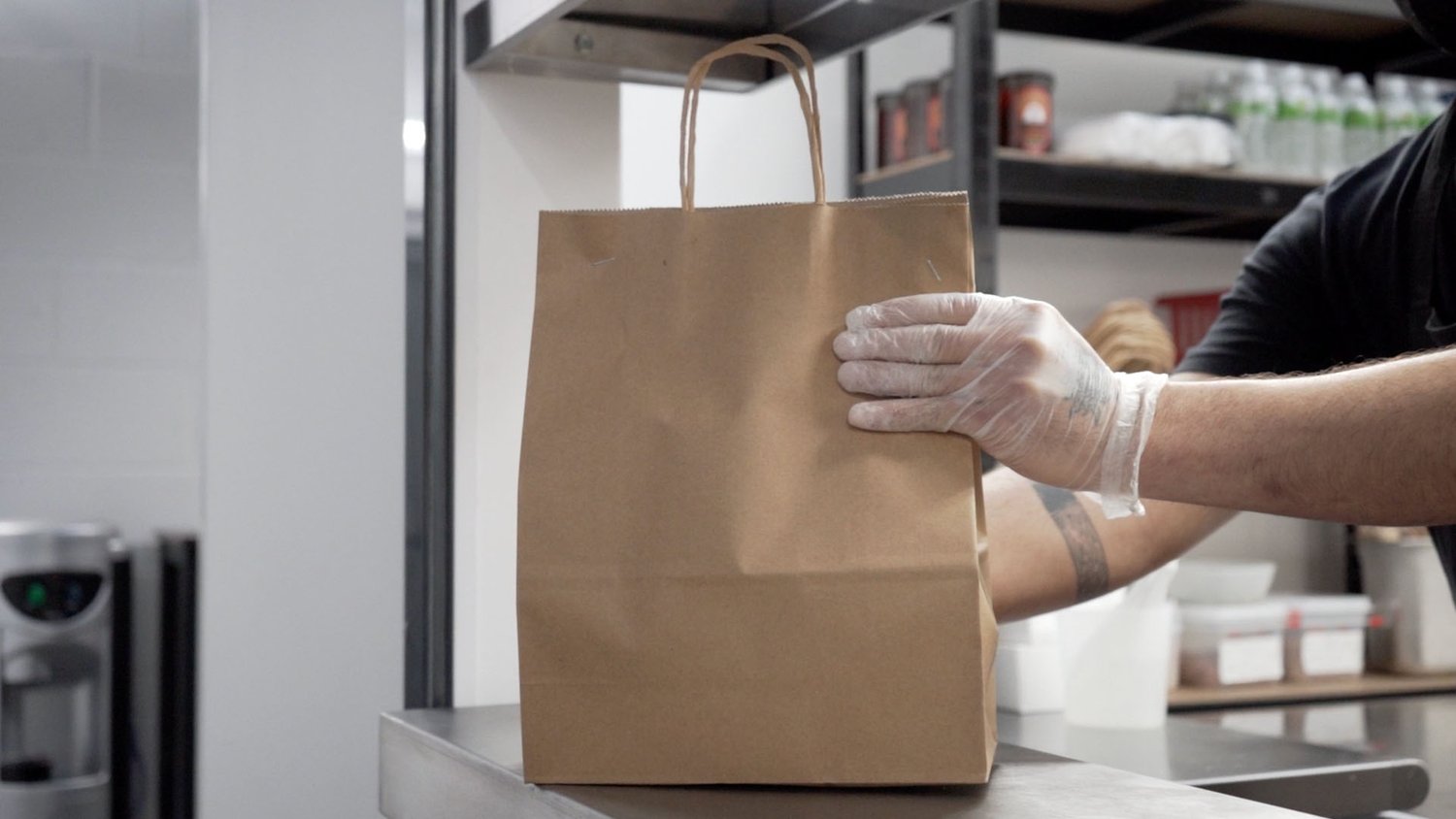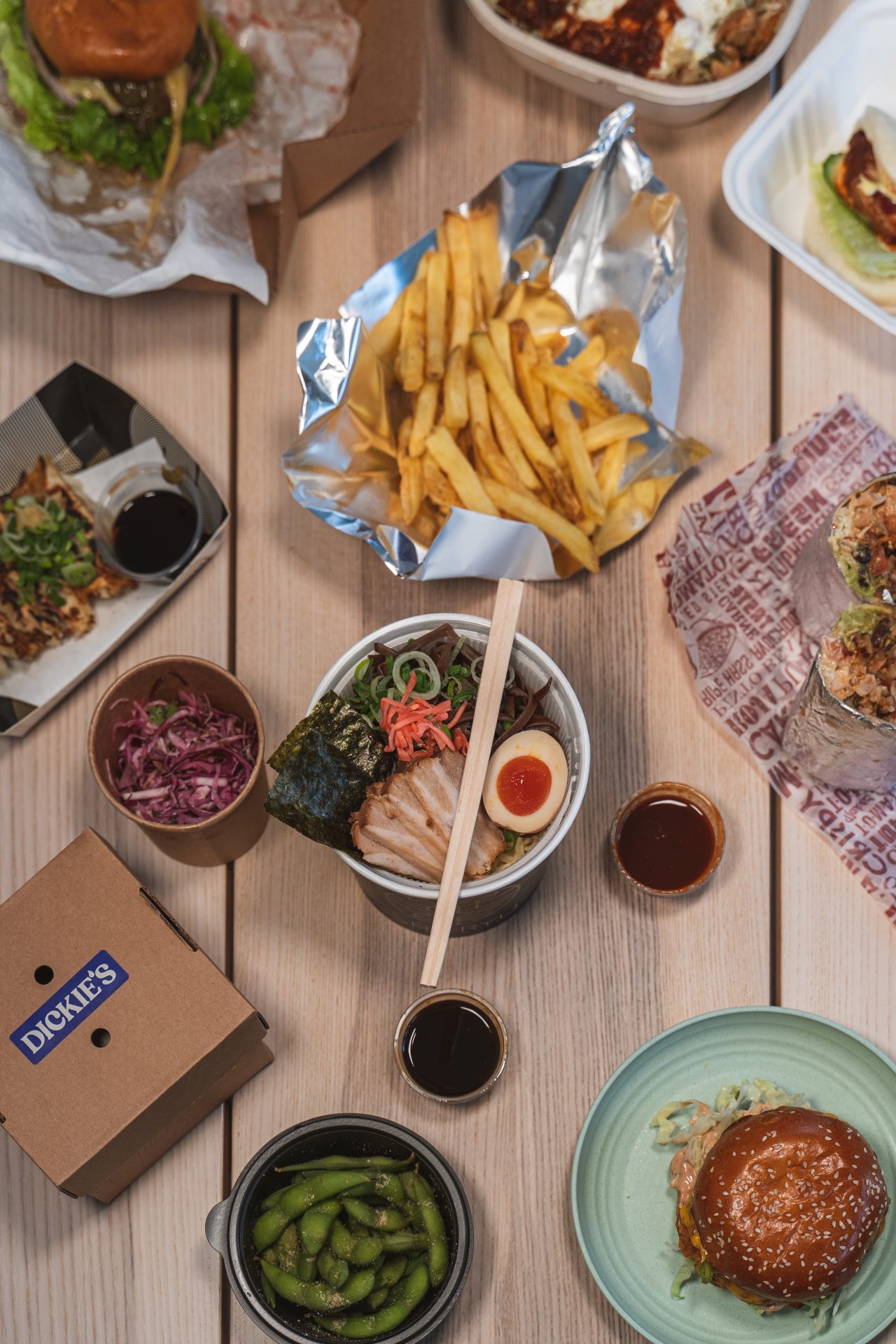Food used to be amazing; it worked for the environment and it worked for our health, but we spent a lot of time making it… Along the way, the growing need for food, industrial processes, and mass-produced products made food more accessible but the quality wasn’t great.
Traditional dinnertime was seen as a time when family and friends would gather together at dining tables across homes and countries where everyone could enjoy food and drink without guilt or hesitation. Mountains of home-cooked dishes would be lovingly prepared and served amongst lively conversation.

However, as mealtimes evolved to suit our way of living, so too did our relationship with our food supply chain. The post-war years brought with it the economically liberated 1950s and advertisements of food-stacked supermarkets and sparkly new white goods promised convenience and speed so we could all get on with living our best lives. In reality, this meant either dull, ready-made meals that were ultra-processed and engineered for long shelf life or we continued to buy individually packaged ingredients that didn’t save us any time cooking anyway.

For too long now we have accepted that we need a grocery store on every street corner where we need to buy ingredients to cook meals from scratch, every, single, day! Buying food has become cheap, attractive, and convenient, but if you really take a step back to consider it, it’s amazing we still do this.
Aside from public health concerns, our current food supply chain and how we eat is also having a considerable environmental impact. The food we buy from grocery stores comes in single-use packaging and often ends up spoiling in our fridges uneaten.
But supermarkets, as we know them, are on the way out, going back to an older business model much like milk delivery — where customers would place their order with the milkman and it would be delivered the next day.
Companies like Gorillas do a great job at making buying groceries more convenient, where on-demand food travels from farm to table in 4 days (vs. 10 for regular supermarkets) enabling them to reduce the use of preservatives and lifetime, and by extension optimising packaging and minimising waste — all while bringing back the convenience and bespoke service of the milkman, but now with 10-minute deliveries instead of next day.

On the other hand, no one wants to cook that often and in a convenience economy where we are all accustomed to accessing any item online anytime from Amazon or watching what we want when we want it on Netflix, why shouldn’t our meals also be on-demand?
Until now we have accepted the food we buy, make and eat is okay, when really it could be so much better… where cooking food becomes an optional hobby. We believe the natural extension to quick commerce companies, like Gorillas, will be the delivery of freshly cooked, restaurant-quality food. But not like you can get it today, where food delivery apps such as Deliveroo connect thousands of restaurants with people, but consumers may have to wait a long time for food that is overpriced and may be of hit-and-miss quality.
“As a management consultant, I would order food daily and I would never know which restaurant would deliver a great experience and which one wouldn’t. More often than not, the experience was not all that great. The food was expensive, poor quality, and often delivered late and cold, leaving me with a food hangover under piles of plastic food delivery waste!”
— Mate Kun, Co-founder Growth Kitchen

Why not take the best of both worlds and bring what Gorillas has done for groceries to restaurants? Why not bring the best delivery restaurants into the best postcodes near our homes? And why not leverage technology and data science to optimise them for delivery so they can bring down their prices and deliver consistently great quality?… And do all this in harmony with delivery apps, where we make them better, as opposed to competing with them for riders. This evolution makes 100% sense.
At Growth Kitchen we want to change the way the world thinks about food. Saying goodbye to mass-produced, poor-quality food, we are leveraging a paradigm shift in consumer behaviour to create a 3rd category of food. We combine restaurant-quality food but offer it on-demand from your living room anywhere in the country — changing the way the best food brands scale, forever.


